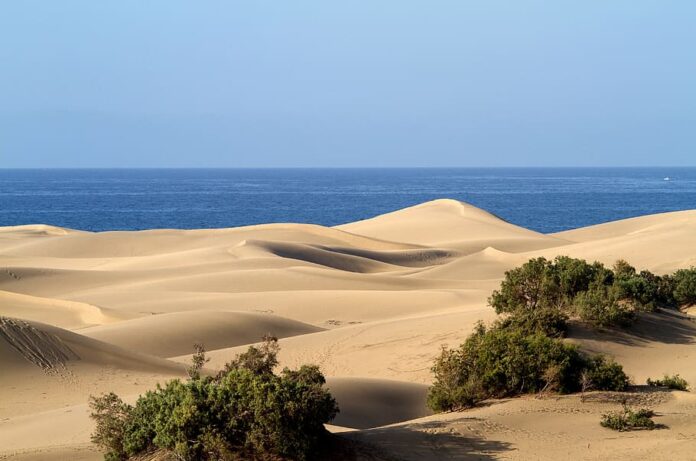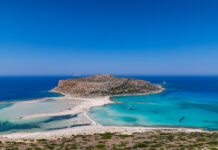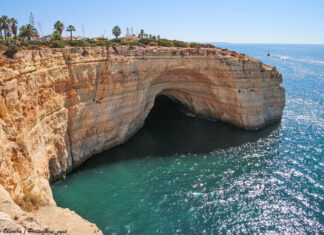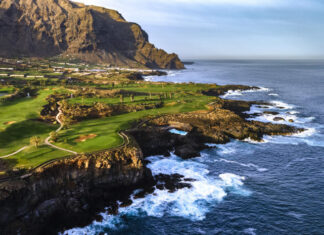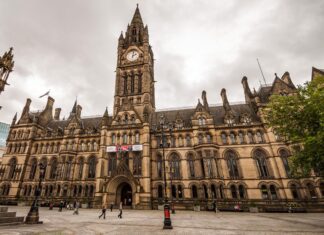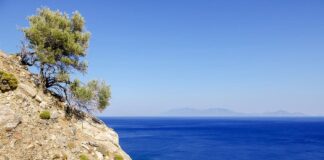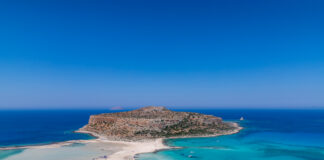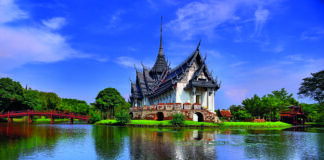Food in Gran Canaria
In the vibrant culinary landscape of Gran Canaria, you will find a blend of traditional Spanish flavors with African and Latin American influences. Seafood is a staple, with dishes such as caldo de Pescado (fish soup) and vieja sancocho (boiled parrotfish) being local favorites. The island's ideal growing conditions result in various fresh fruits and vegetables featuring prominently in the local cuisine.
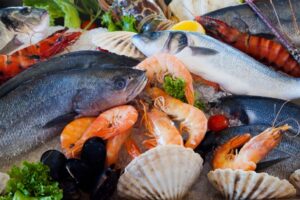
One must-try dish is papas arrugadas, or 'wrinkled potatoes,' usually served with a spicy mojo picon sauce. Meat lovers should take advantage of the ropa vieja, a hearty meat stew. For dessert, indulge in the honey-rum flavored bienmesabe or the almond-based marzipan of Moya.
Culture in Gran Canaria
The culture of Gran Canaria is deeply rooted in its aboriginal Guanche heritage, Spanish colonial history, and contemporary cosmopolitan influences. The island hosts several cultural events throughout the year, including the vibrant Carnival in February, which features colorful parades, elaborate costumes, and festive music.
The local music, known as simple, is a unique blend of Spanish guitar and African rhythms. Folklore traditions are also strong, with the island's traditional dance, baile canario, often performed at festivals and events.
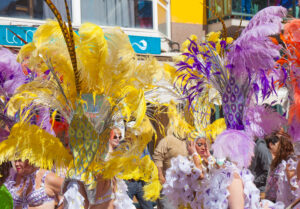
The island is also known for its traditional arts and crafts, including pottery, basket weaving, and embroidery. Visiting the local markets can provide a closer look at these traditional craft techniques and the opportunity to purchase unique souvenirs.
Travel Tips for Gran Canaria
Gran Canaria offers a comfortable climate throughout the year, making it a perfect destination no matter when you plan to visit. However, to experience the island's vibrant cultural events, consider timing your visit with festivals like the Carnival or the Fiesta del Charco in September.
Public transport is reliable, with extensive bus routes covering the island. However, renting a car can allow you to explore at your own pace. Remember that parking in busy areas can be challenging, so plan accordingly.
Always remember to respect the island's environment. Stick to marked paths when hiking and dispose of your trash responsibly.
Interesting Facts about Gran Canaria
Gran Canaria is full of surprises and interesting facts. Did you know that it's often referred to as a 'miniature continent'? This is because of the island's diverse landscapes, ranging from sandy beaches to dense forests and soaring mountains, packed into a relatively small area.
Also, Gran Canaria has its very own Grand Canyon, called Barranco de Guayadeque. At the end of this ravine, you'll find a cave village where people still live today.
Moreover, Gran Canaria has more than just one type of sand. In the south, Maspalomas is famous for its golden dunes, while Las Canteras beach in Las Palmas offers golden sand, and Güi Güi beach has black volcanic sand.
Top Places to Visit in Gran Canaria
- Roque Nublo: A massive ancient basalt column 80 meters high, Roque Nublo is one of the island's iconic natural landmarks. The hike to the rock provides stunning views of the island's interior.
- Maspalomas Dunes: This natural reserve of golden dunes at the island's southern tip offers a unique desert-like landscape. It's lovely at sunrise or sunset.
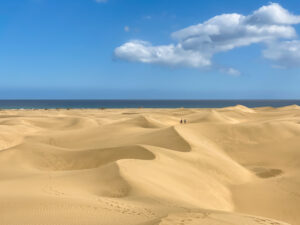
- Puerto de Mogán: Known as 'Little Venice,' this charming fishing village is perfect for a stroll because of its canals. The Friday market is worth a visit.
- Cueva Pintada Museum and Archaeological Park: In Gáldar, this museum displays the painted cave, a spiritual place for the aboriginal Canarians, and other archaeological finds.
In conclusion, Gran Canaria has something for you whether you're a foodie, a culture vulture, a sun-seeker, or a nature enthusiast. With its varied landscapes, rich history, delightful cuisine, and welcoming locals, this island is ready to offer you a memorable travel experience.

